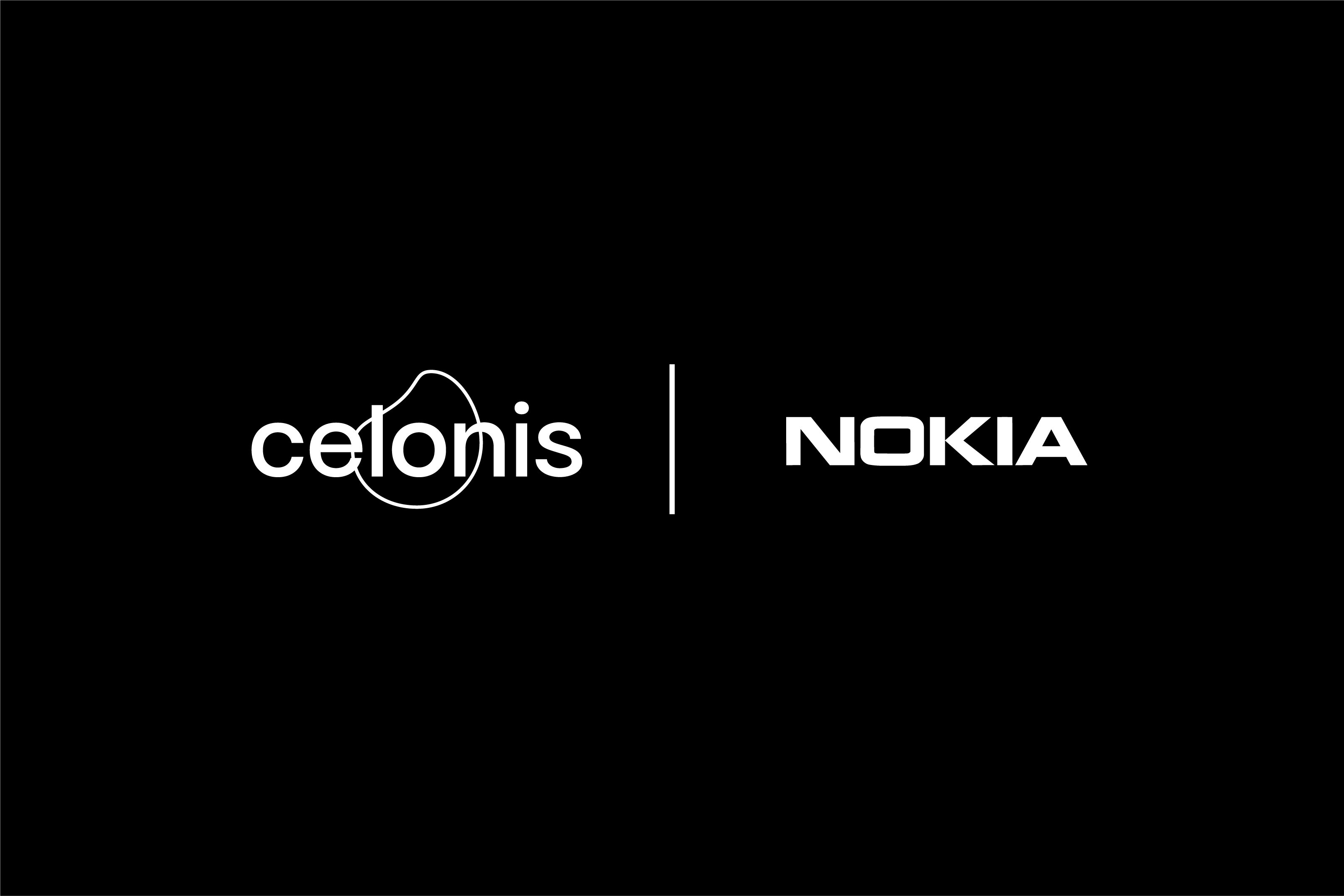
Celosphere 2022: Here's How Nokia Scaled Process Mining, Execution Management
Nokia has scaled up its Celonis Process Mining and Execution Management System (EMS) adoption by focusing on processes with the best returns and connecting to systems with maximum transaction volume.
Nokia is a networking company focused on equipment and software for mobile networks, cloud services, network infrastructure and licensing. The company's Global Business Services (GBS) unit's mission is to digitize business processes, accelerate revenue growth, improve working capital and reduce operating expenses.
Speaking at Celosphere 2022, Ashok Gairola, Head of Digital Lean at Nokia's GBS unit, and Joseph Raj, Process Mining Center of Excellence (CoE) Manager, outlined the networking technology company's process excellence journey along with some lessons learned.
“Celonis has given us visibility into processes end-to-end,” said Gairola. “We have hundreds of dashboards that we can drill down with a click.”
Nokia started using Celonis in November 2020 for Procurement and Accounts Payable and then added Order Management, Process and Task Mining and basic Action Flows in Celonis Execution Management System (EMS). The progression went from one system to multiple systems.
Related: CeloCoE Champions League EMEA #2: The power of cross-company processes and inspiring value approaches | Why and how to scale Celonis Centers of Excellence (CoE) to grow value | Study: Accelerating Business Transformation with a Process Mining Center of Excellence (CoE)
Raj said the plan for 2022 was to master its core processes with more systems and processes added. Record-to-Report was added and real-time connectivity and Action Flows with write back were added. The duo said 2023 will feature an enterprise-wide expansion into Manufacturing, Master Data Management, Inventory Management as well as Celonis integrations with ServiceNow, PAFNow and Lenses.io. The latter two are owned by Celonis.
“2023 will be big for us. We want to focus on the processes with strong business cases,” said Raj. “We’ll keep you posted on the progress.
The enterprise-wide adoption of Celonis has taken Nokia from five use cases in June 2021 to more than 150 by December 2022 touching more than 30 systems. Nokia now has more than 450 EMS users and a CoE headcount of 18.
While the Nokia executives didn't divulge value figures, they did provide a bevy of lessons learned from scaling Celonis and the company's CoE. Here's a look at Nokia's takeaways.
CoE setup. Don't underestimate the work involved with setting up a CoE and rightsize the team based on skills. Have a well thought out plan that communicates a clear purpose, establishes ground rules and fosters continual process improvement and learning.
Development and deployment. Avoid inadequate risk assessment, technical validation, training and support. Companies should only start development when business requirements are clearly defined with use cases that are qualified. For deployment, Nokia recommends that companies establish quality assurance and platform testing for processes that will be used after all production changes. In addition, be sure to document what's happening in a repository for future use.
Value discovery. Concentrate on the top processes and the systems with the most data. For instance, Nokia has more than 150 use cases, but is covering the five processes that give it the best returns. Be sure to map and select ERP systems with the maximum transaction volume.
Value realization. Realizing value requires a top down approach that aligns the business with division leaders. Corporate sponsors are key to driving process excellence. Set business expectations on hard and soft cost savings and be sure to track future balance sheet impacts going forward.
Enablement. Create a training plan that is specific to your company's role and end user usage. This plan should include stable monitored environments, adoption KPIs, minimum user account training requirements, support for access and change requests and other issues, and a lightweight governance framework.





